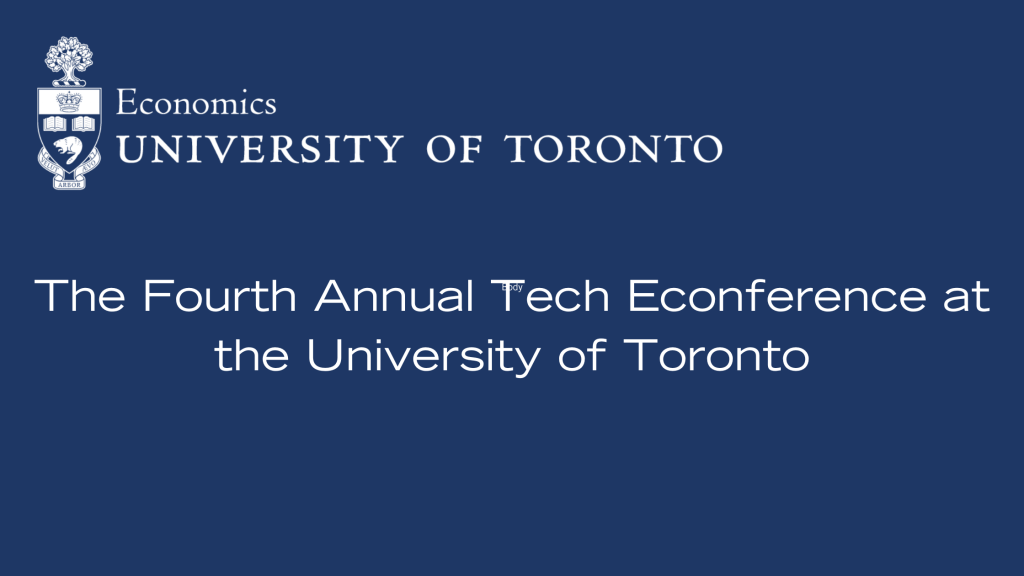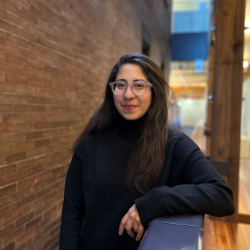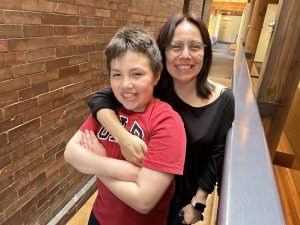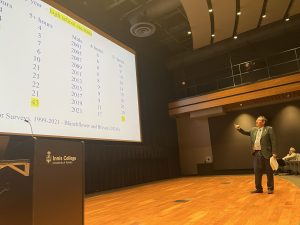

The 4th Annual Tech Econference was held via Zoom on May 7, 2024 from 9:00 to 11:00.
The yearly celebration of undergraduate work featured seven presentations of ten minutes in length based on papers submitted during the fall 2023 and winter 2024 terms. Founded by Professor Nazanin Khazra, the conference undergoes changes each year. This year, participants engaged in presentation coaching sessions with Khazra.
This year’s conference featured course work completed for ECO225, ECO399, and ECO499. The final nine papers were selected from 55 unique submissions by Professor Abdollah Farhoodi.
Khazra and Associate Chair of Undergraduate Programs, Professor Robert Gazzale delivered opening remarks and Professor Courtney Ward joined Gazzale on the judging panel. [Read more…]




 Campus might seem quieter over the spring and summer, but
Campus might seem quieter over the spring and summer, but